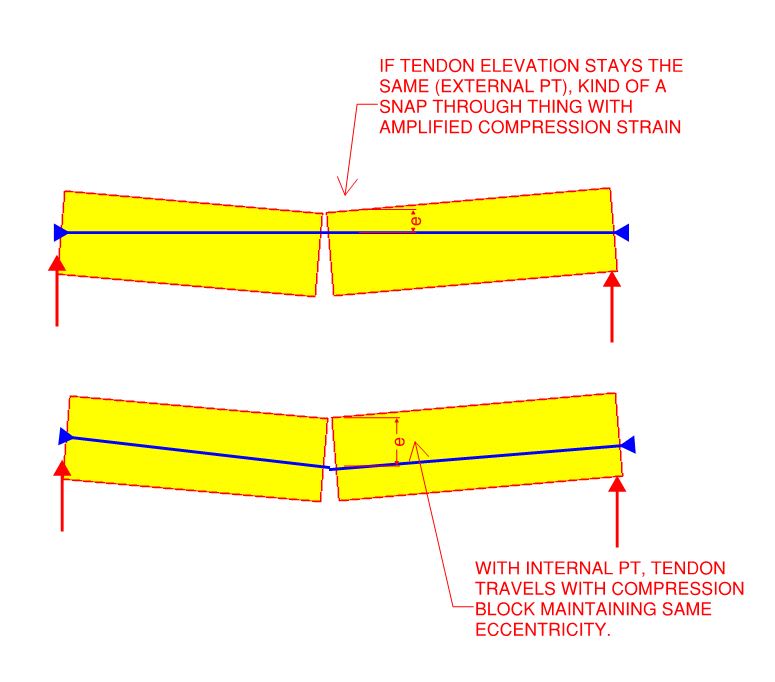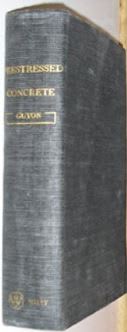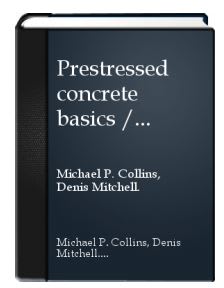Fevola
Structural
- Jan 24, 2021
- 1
Hi All,
Very new to PT design. I have been reading bits and pieces of theory. I understand P/A, I understand P applied at at distance E from the centroid is P.e. I've read about equivalent load... GREAT.
In order to properly I understand this, I feel I need to go back further into basics and fully understand the unbonded situation. Stressing tendons and then anchoring them at the ends of a beam/slab applies a compressive force (P/A) throughout the length of member. If the anchorage lies above/below the member centroid, there is also a moment applied to the end of the beam. The bit that confuses me is, without grouting, how can there be a transfer of force between tendon and concrete, other than at the end anchorage zones as mentioned above. The only other way I can visualise force being transferred is through catenary action when a draped tendon tries to straighten under applied tension loading - I believe the tendancy of the tendon to straighten is what lifts the beam/slab (or counteracts the applied vertical loads). But nobody ever seems to mention catenary action so I am obviously missing something.
Without bonding the tendons, and neglecting catenary action, I also do not see how the profile/drape plays any part - all that matters is what happens at the anchorage zone because there is no force interaction between tendon and concrete anywhere else.
Very new to PT design. I have been reading bits and pieces of theory. I understand P/A, I understand P applied at at distance E from the centroid is P.e. I've read about equivalent load... GREAT.
In order to properly I understand this, I feel I need to go back further into basics and fully understand the unbonded situation. Stressing tendons and then anchoring them at the ends of a beam/slab applies a compressive force (P/A) throughout the length of member. If the anchorage lies above/below the member centroid, there is also a moment applied to the end of the beam. The bit that confuses me is, without grouting, how can there be a transfer of force between tendon and concrete, other than at the end anchorage zones as mentioned above. The only other way I can visualise force being transferred is through catenary action when a draped tendon tries to straighten under applied tension loading - I believe the tendancy of the tendon to straighten is what lifts the beam/slab (or counteracts the applied vertical loads). But nobody ever seems to mention catenary action so I am obviously missing something.
Without bonding the tendons, and neglecting catenary action, I also do not see how the profile/drape plays any part - all that matters is what happens at the anchorage zone because there is no force interaction between tendon and concrete anywhere else.




